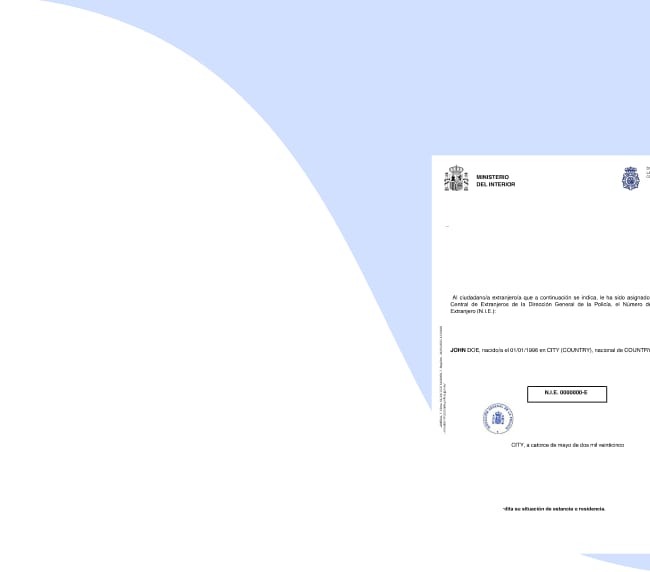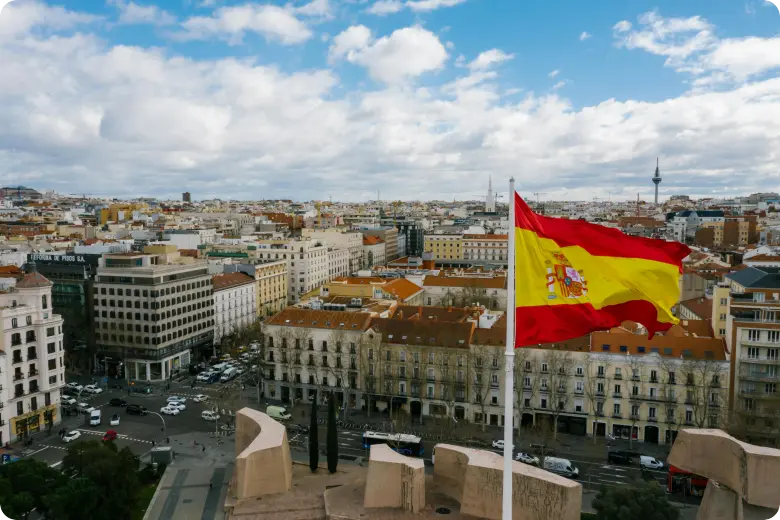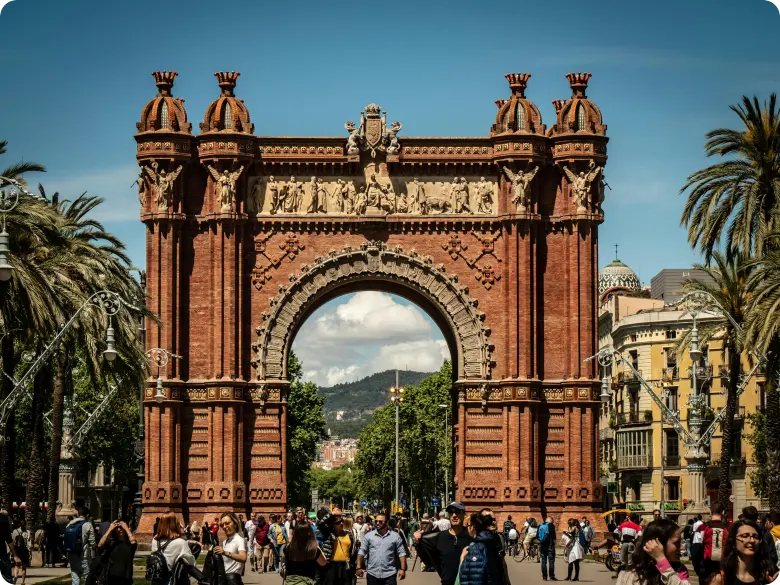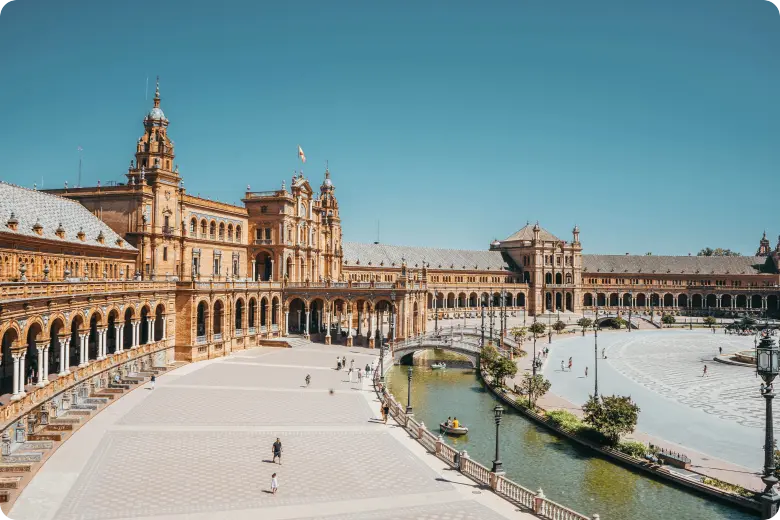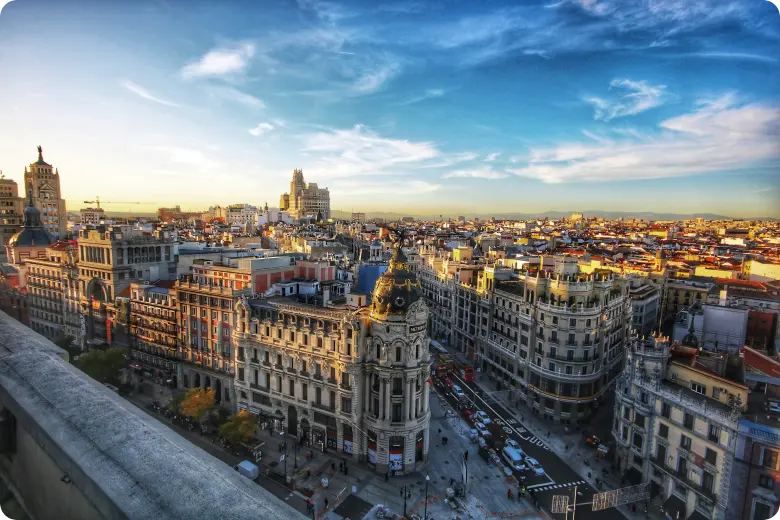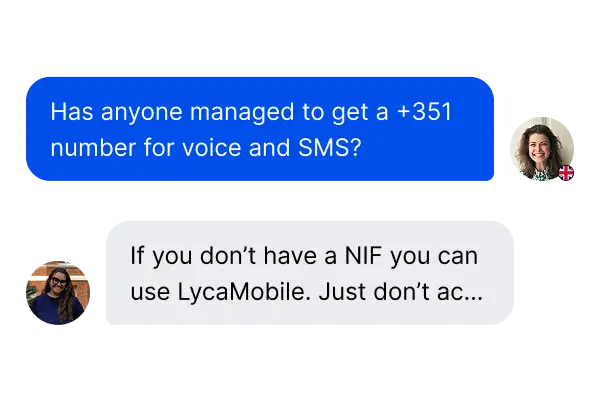What is the NIE?
The NIE (Número de Identificación de Extranjero) is the absolute starting point for every foreigner in Spain.
- What is it? The NIE is a unique identification number. It is personal, permanent, and will be assigned to you for life. Think of it as your unique identifier within the Spanish administrative system, similar to a Social Security Number in the US or a National Insurance Number in the UK. Its format is a letter (X, Y, or Z), followed by seven digits, and a final verification letter (e.g., Y-1234567-B).
- What is NOT? The NIE is not a physical card in itself, nor is it a visa or residence permit. Possessing a NIE number does not, on its own, grant you the legal right to live in Spain. It is purely an administrative number for identification.
- Who needs it? Every foreigner who has economic, professional, or social dealings in Spain. This includes:
- EU and non-EU citizens planning to live in Spain.
- Non-residents who want to buy property.
- Anyone who needs to file taxes, start a business, or inherit assets in Spain.
The NIE is the number. The following documents are the physical, legal proofs of your status, and your NIE will be printed on them.
Residency proof for EU citizens in Spain: Green certificate
If you are a citizen of the European Union, European Economic Area, or Switzerland and you plan to live in Spain for more than three months, you must register as a resident.
- Official Name: Certificado de Registro de Ciudadano de la Unión.
- Common Name: The "Green NIE" or NIE Verde.
- What it is: This is the document that proves your legal right to reside in Spain as an EU citizen.
- Physical Format: A small, credit-card-sized green paper certificate. Crucially, it does not have a photo. For this reason, it is only valid as proof of residency when presented alongside your valid passport or national ID card from your home country.
- Does it expire? The certificate itself does not have an expiry date, but it reflects your residency status. After five years of continuous legal residence, you can apply for a permanent version.
Residency proof for non-EU citizens: TIE card
If you are a non-EU citizen who has been granted a visa to live in Spain for a period longer than six months, you are required to obtain a TIE.
- Official Name: Tarjeta de Identidad de Extranjero.
- Common Name: The TIE card.
- What it is: This is your physical, biometric residence permit card. It is the definitive proof of your legal residency status in Spain and the conditions of that residency (e.g., permitted to work, student, etc.).
- Physical Format: A plastic, credit-card-sized ID card containing your photo, fingerprints (biometric data), signature, address, your NIE number, and the type of residency you hold.
- Does it expire? Yes. The TIE card has a validity period that matches your residence authorization. You must renew your authorization first, and then renew your TIE card before it expires.













